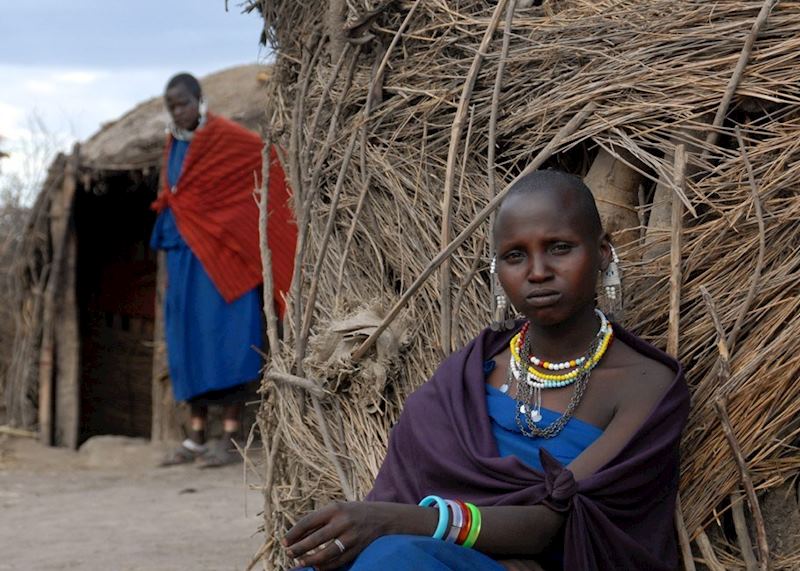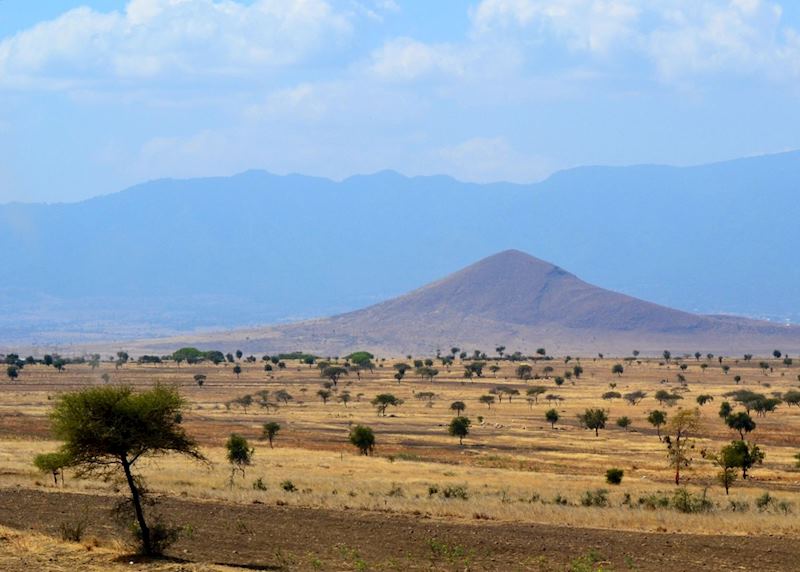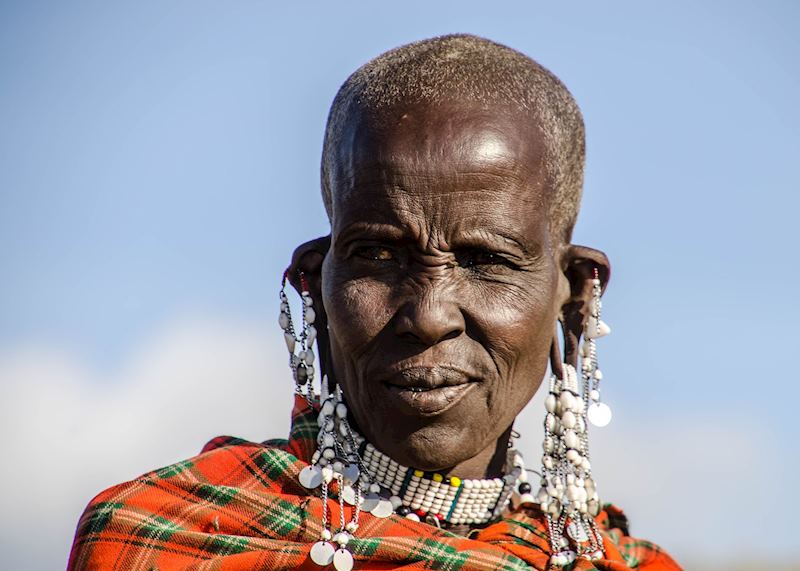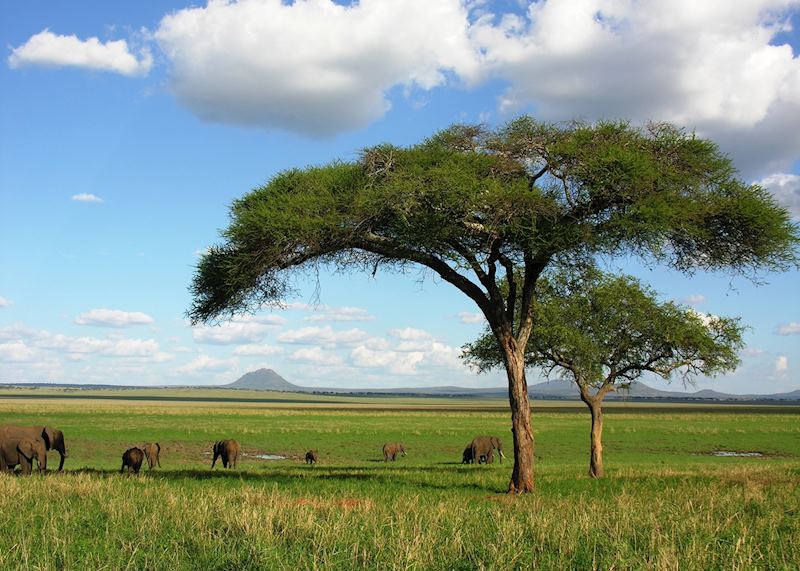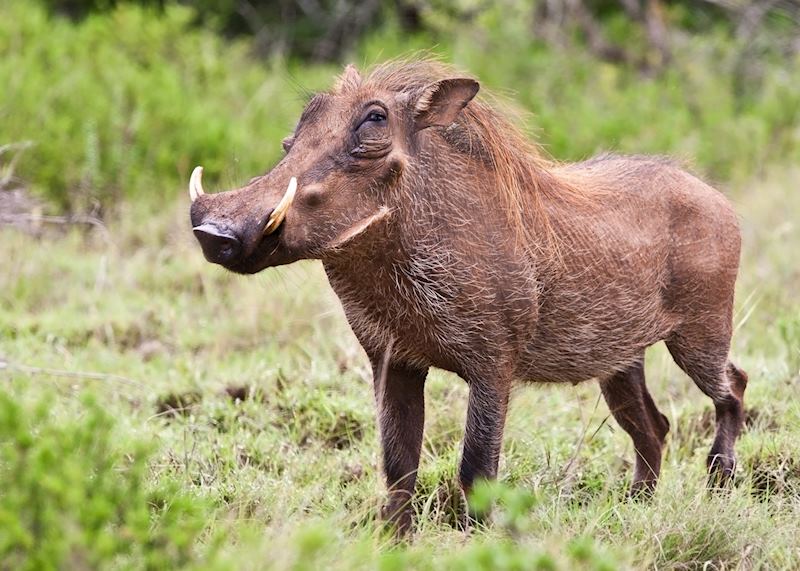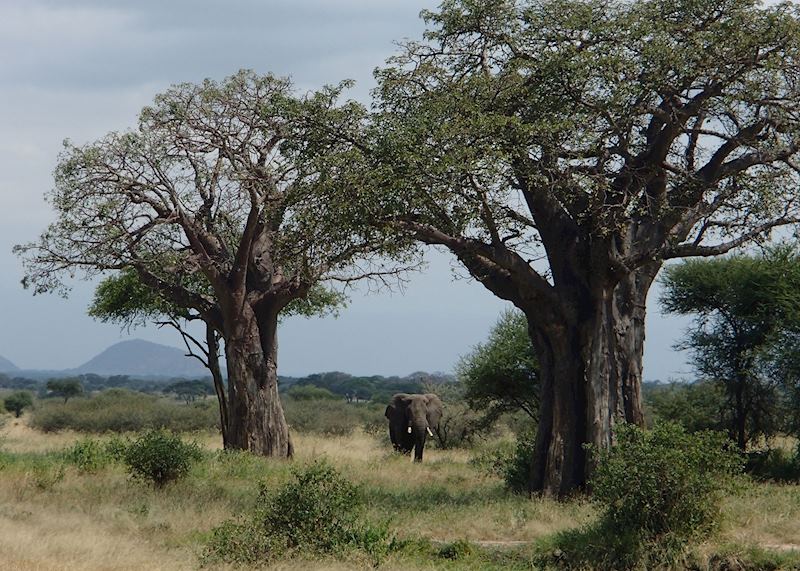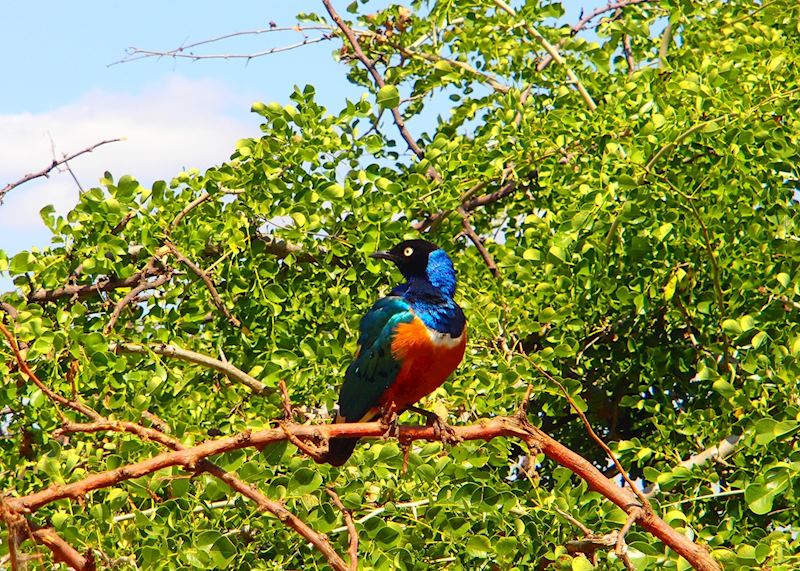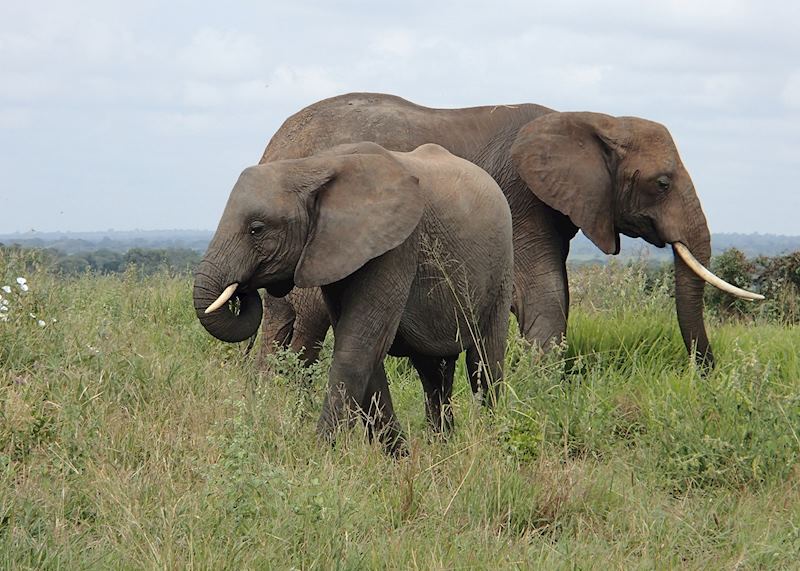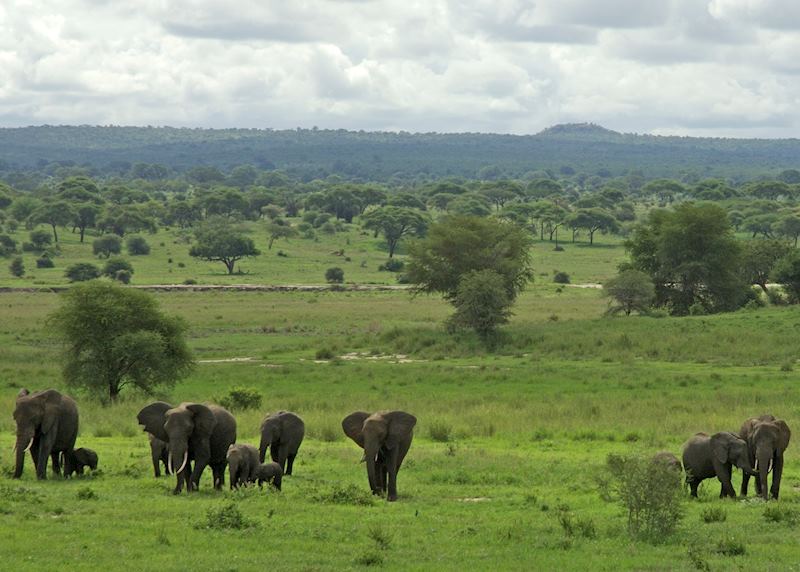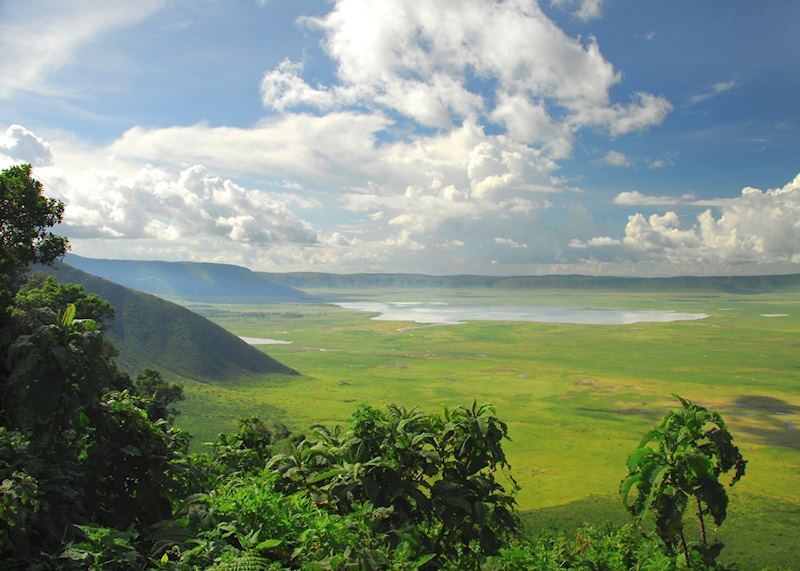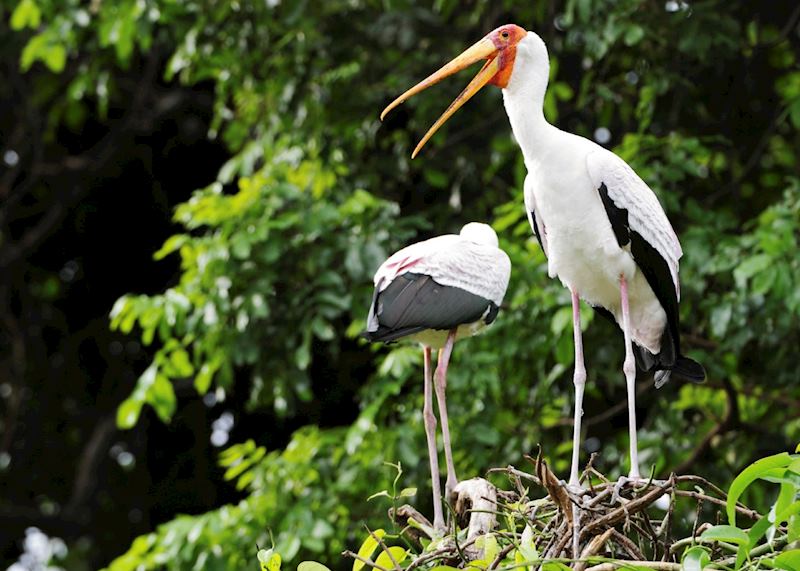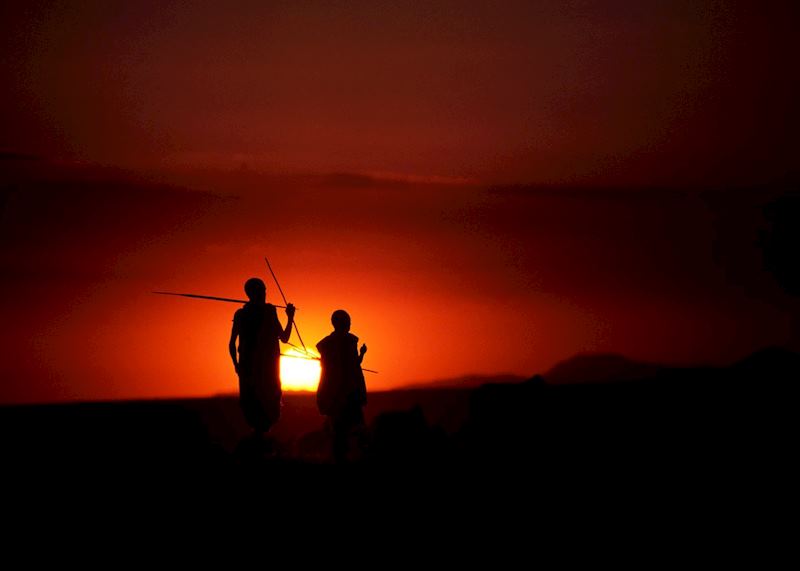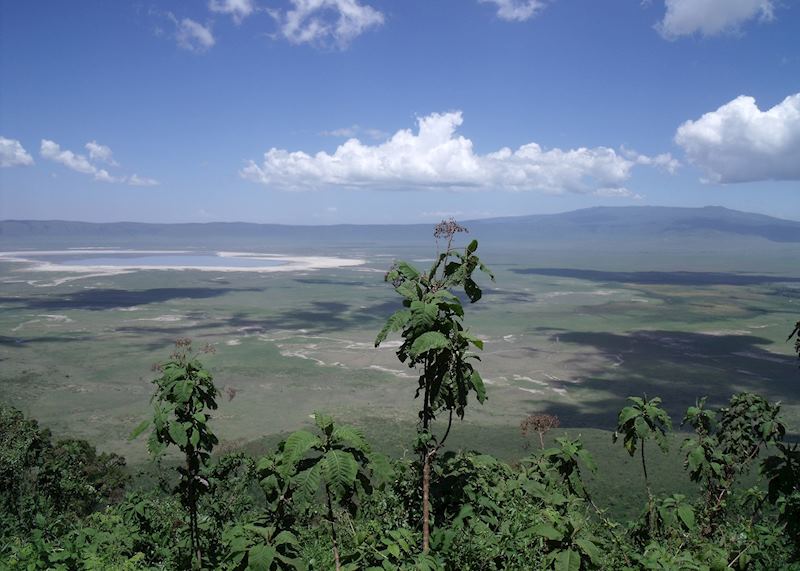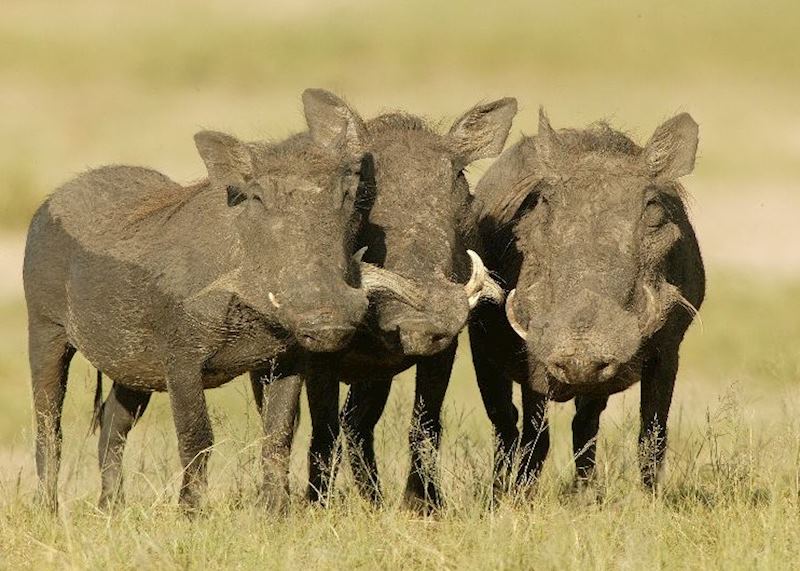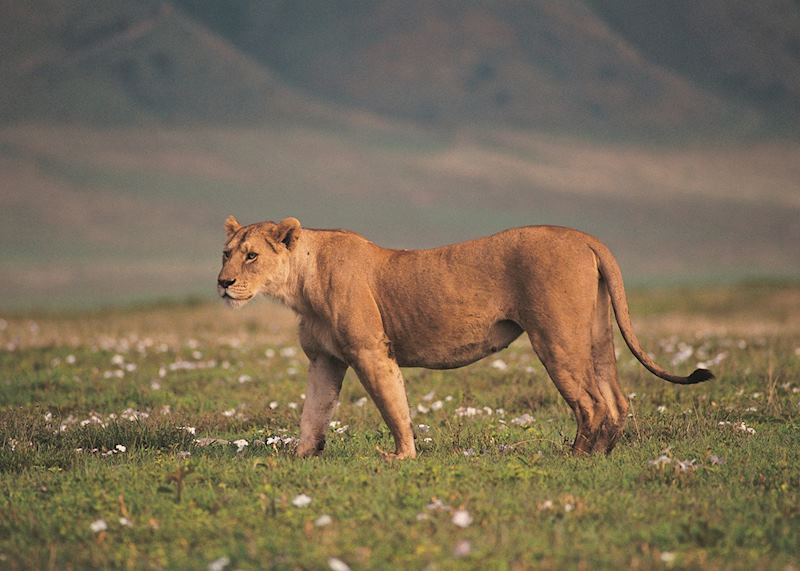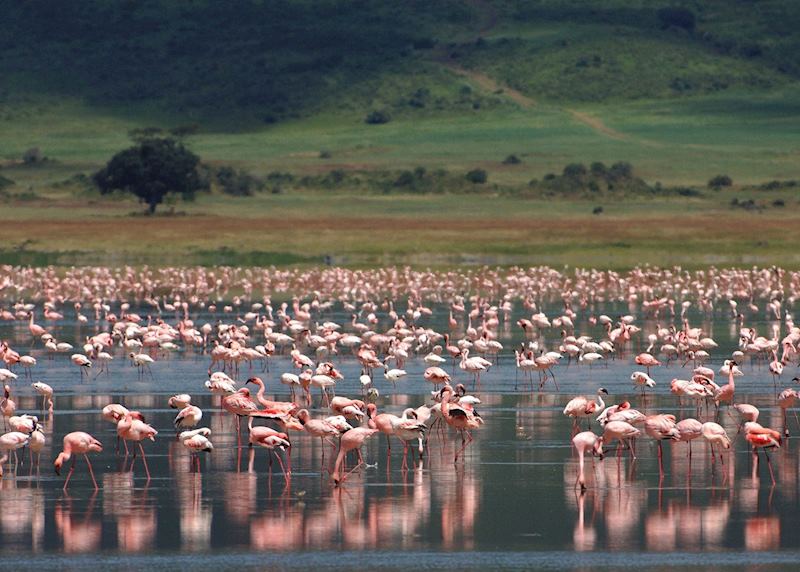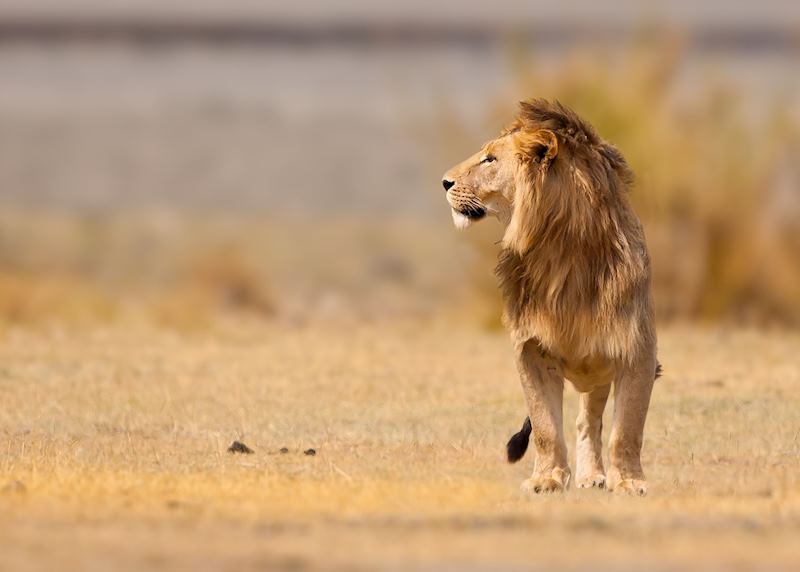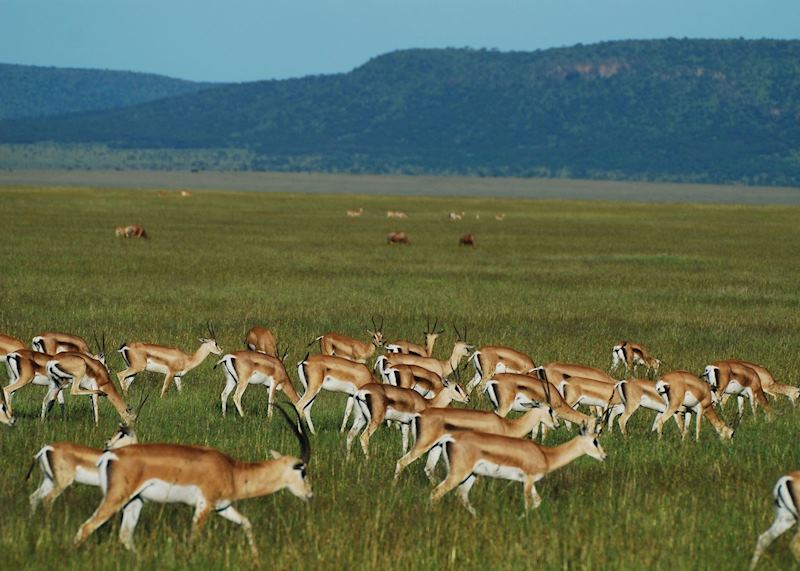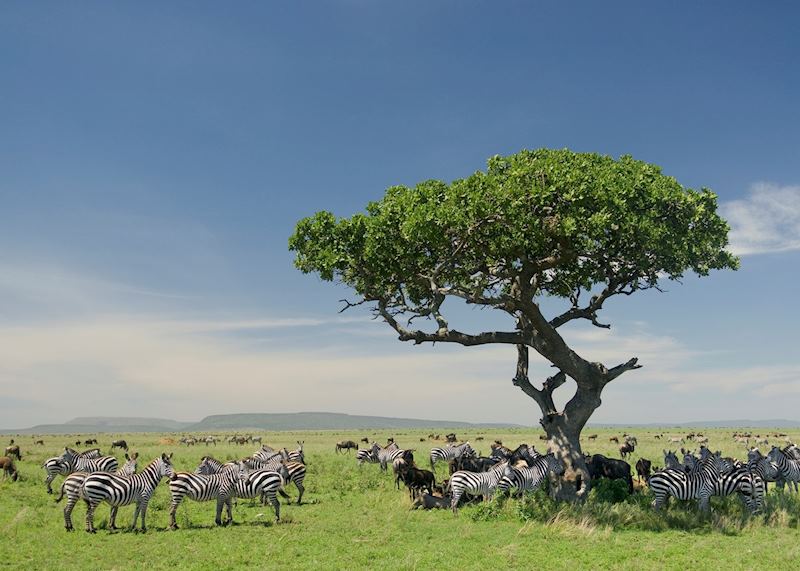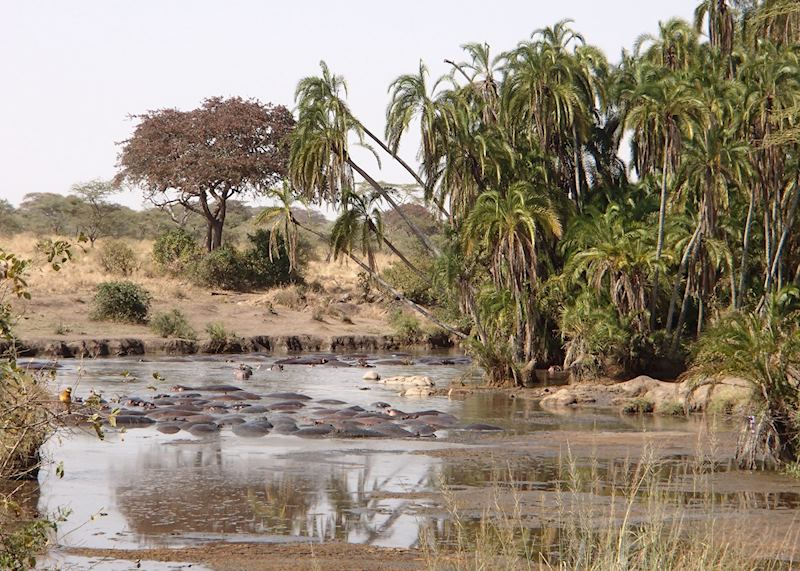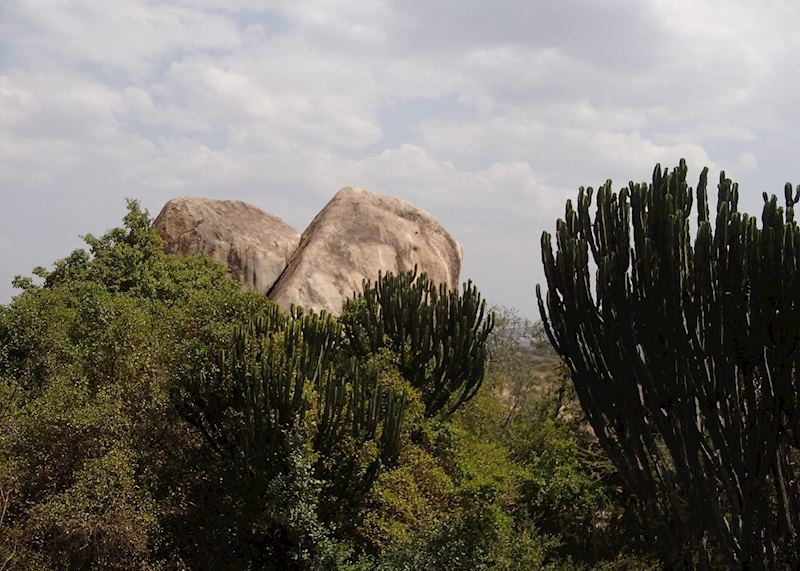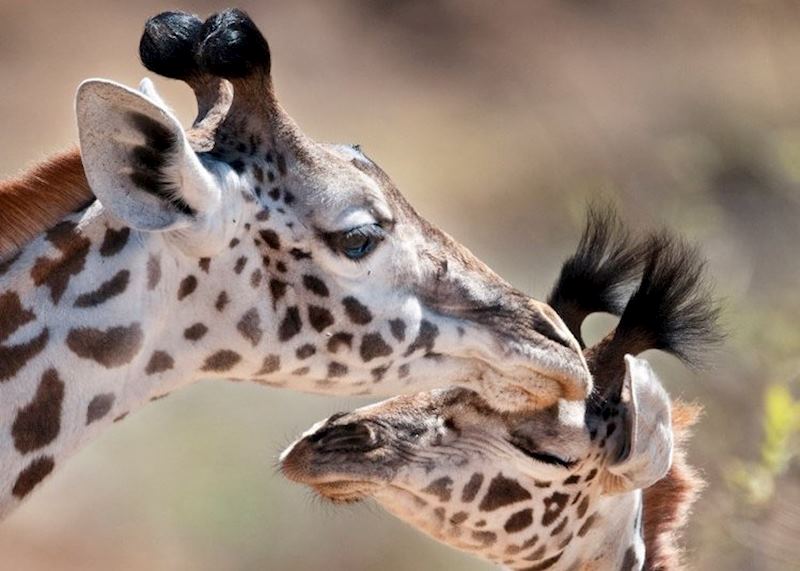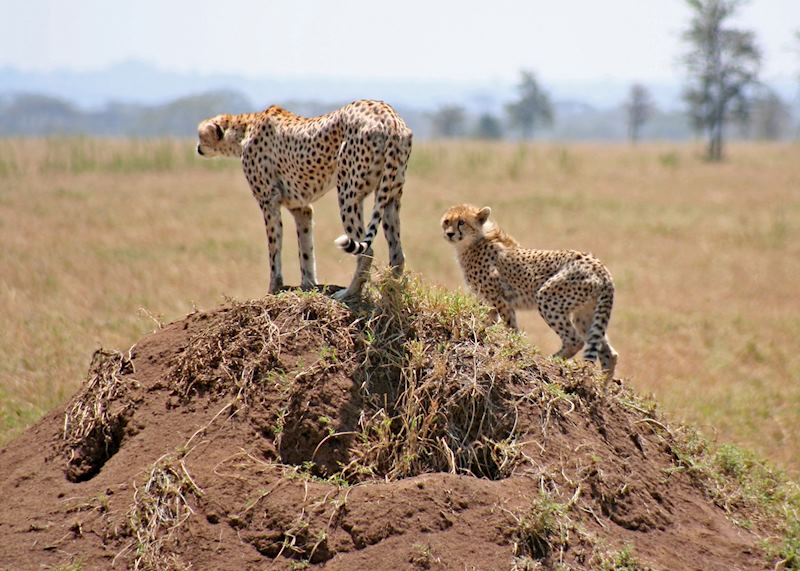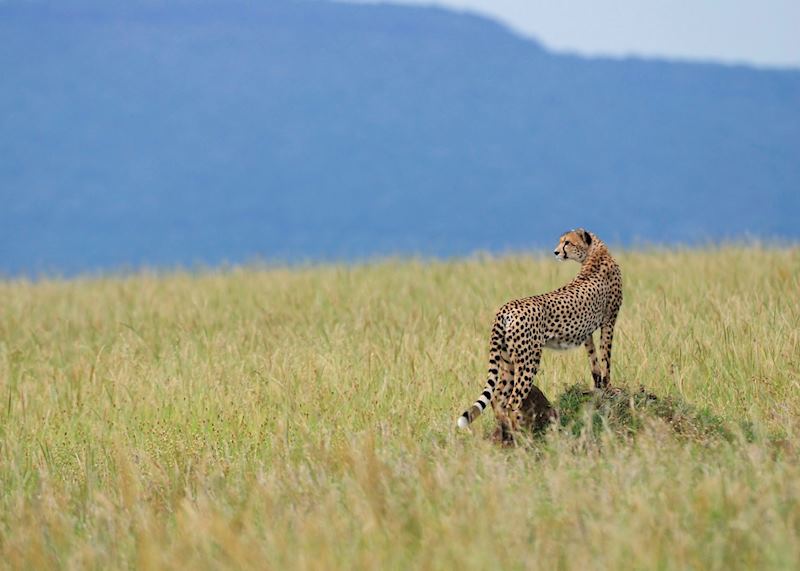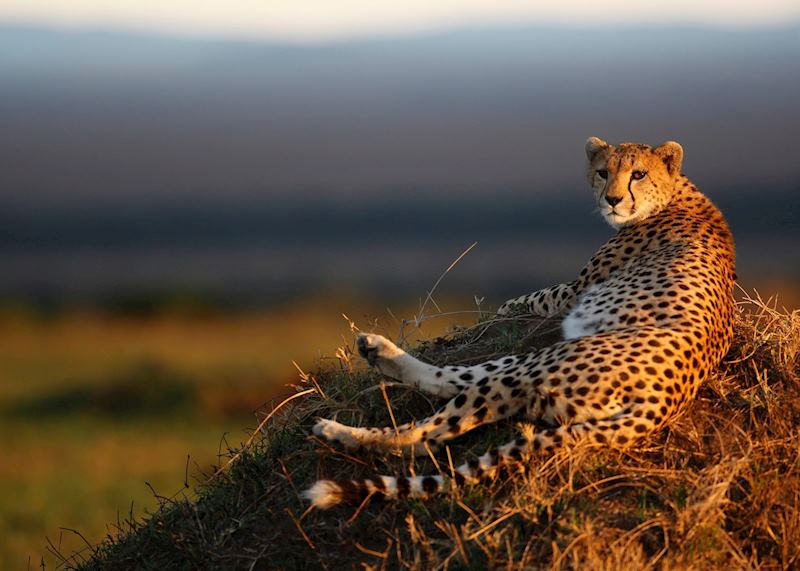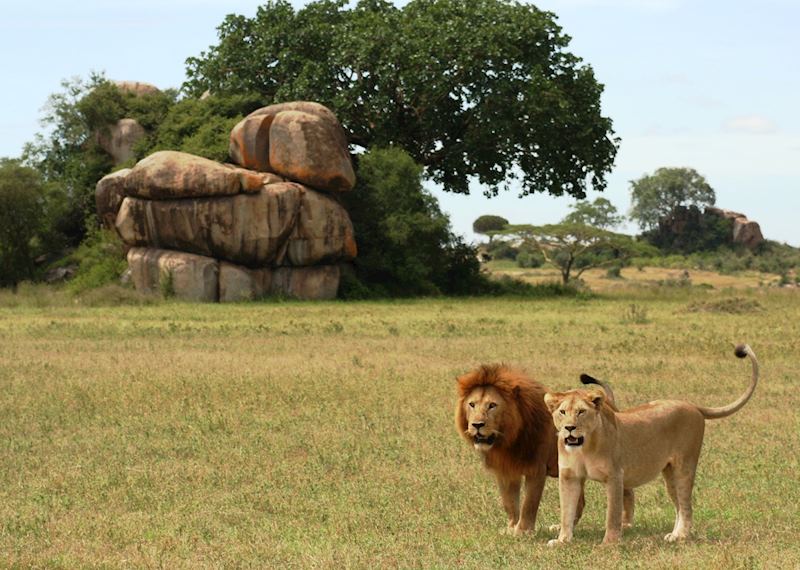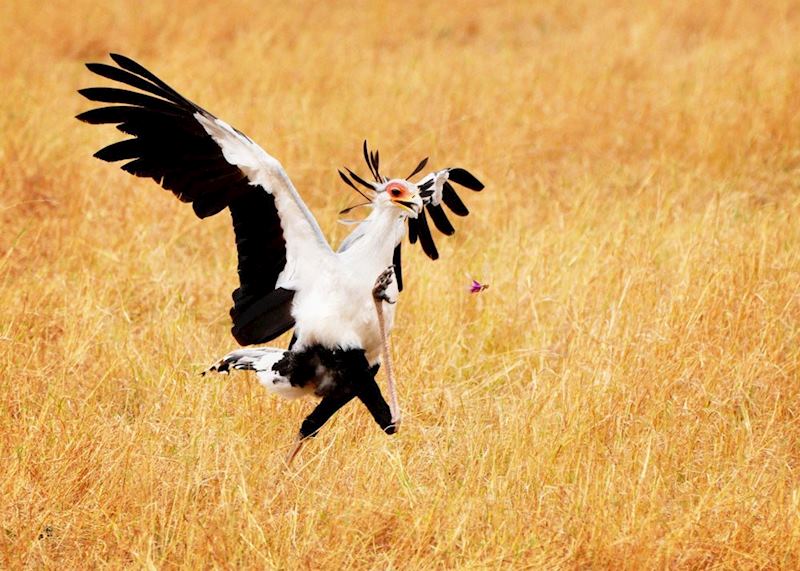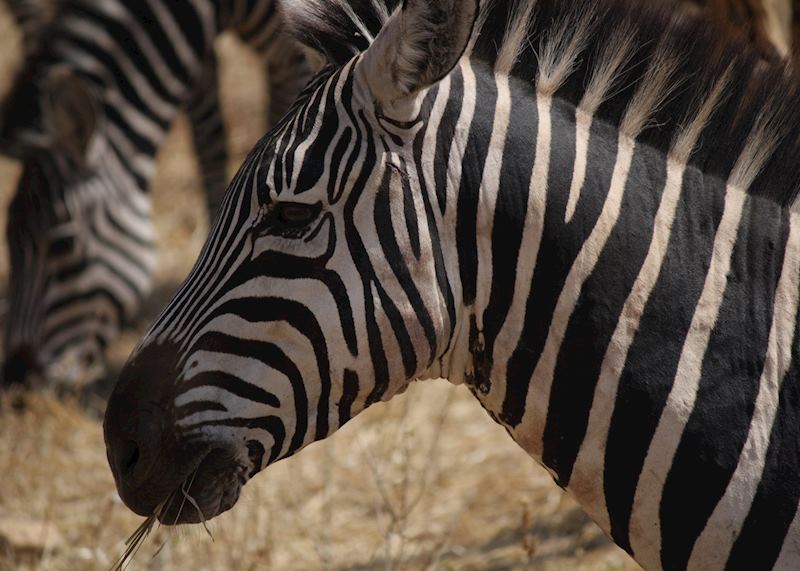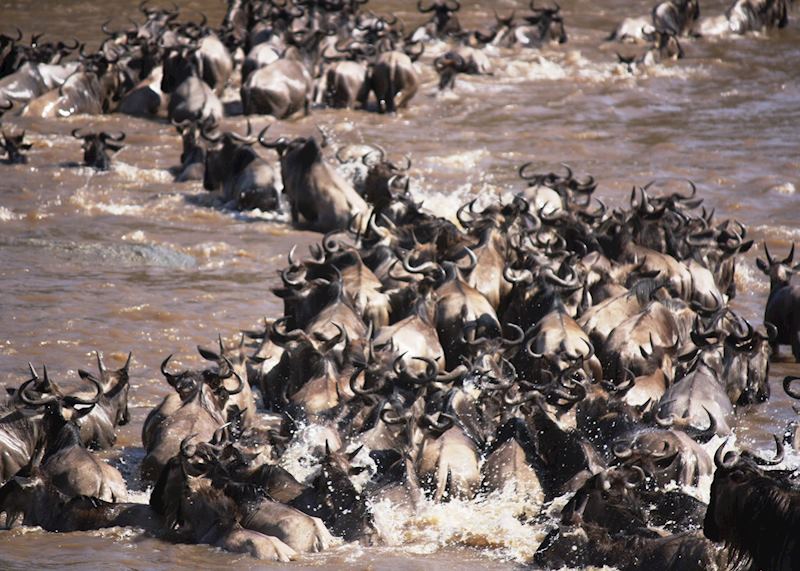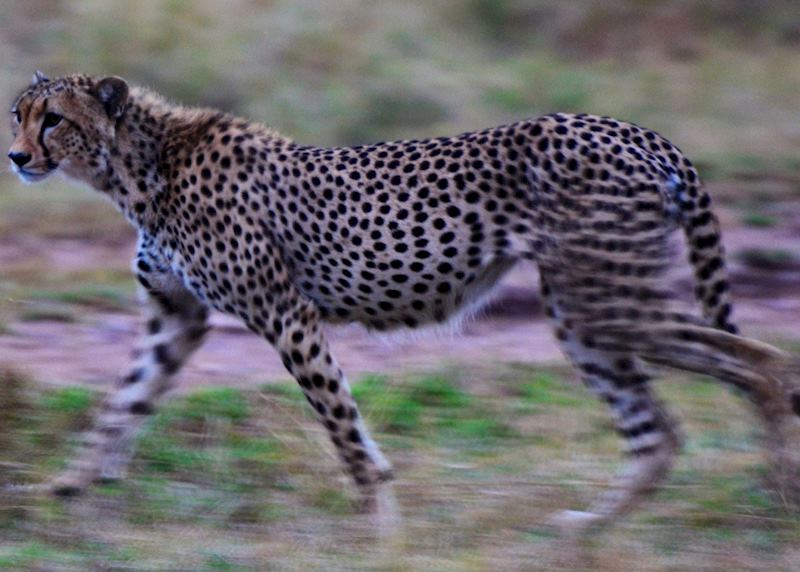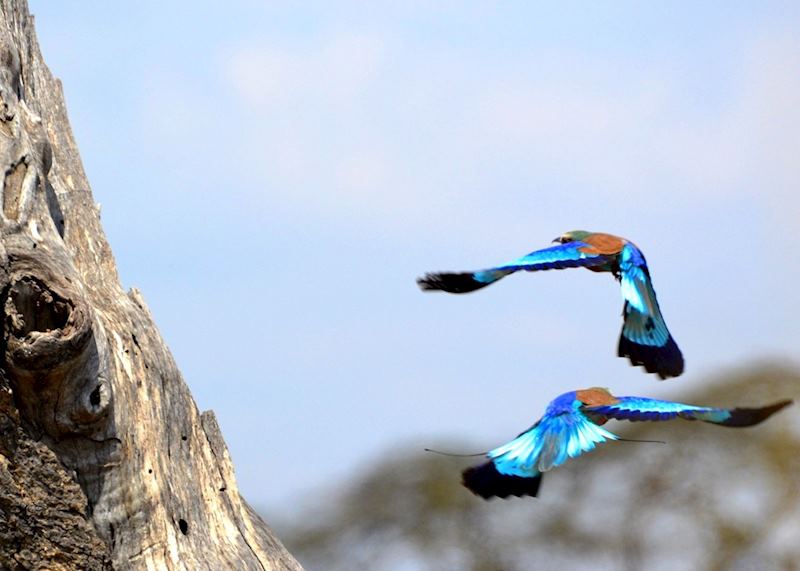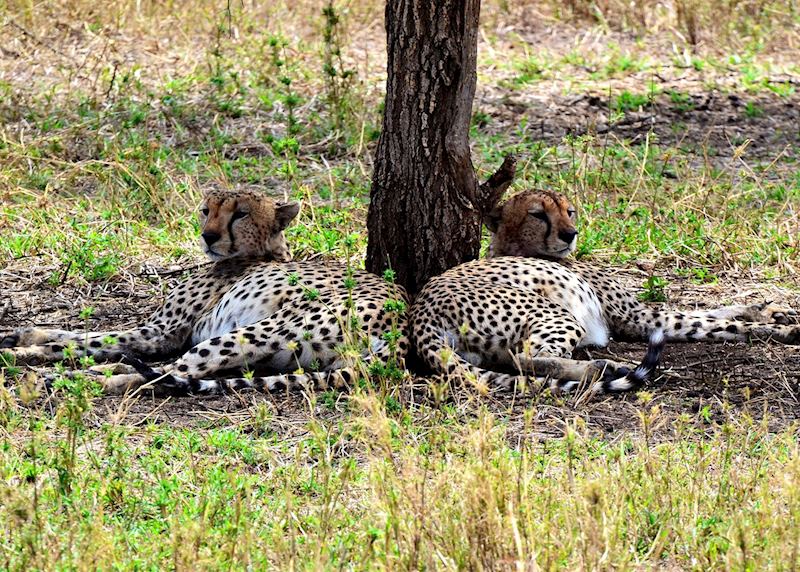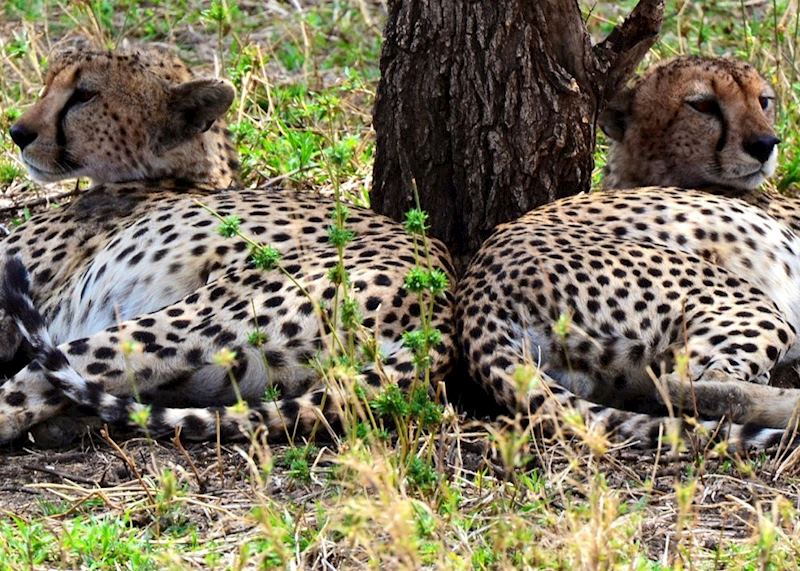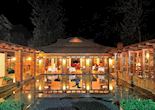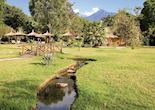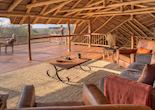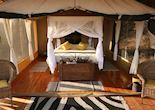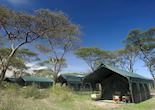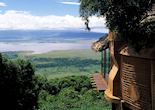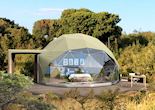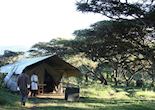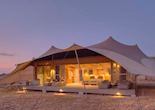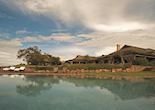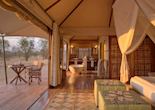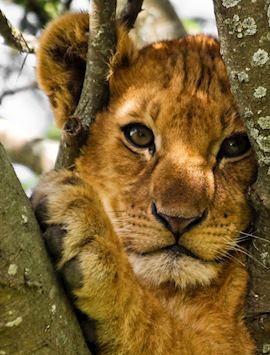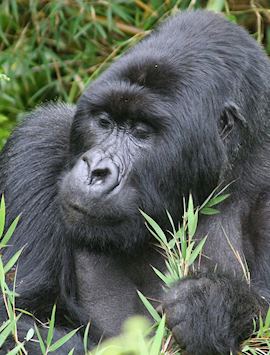
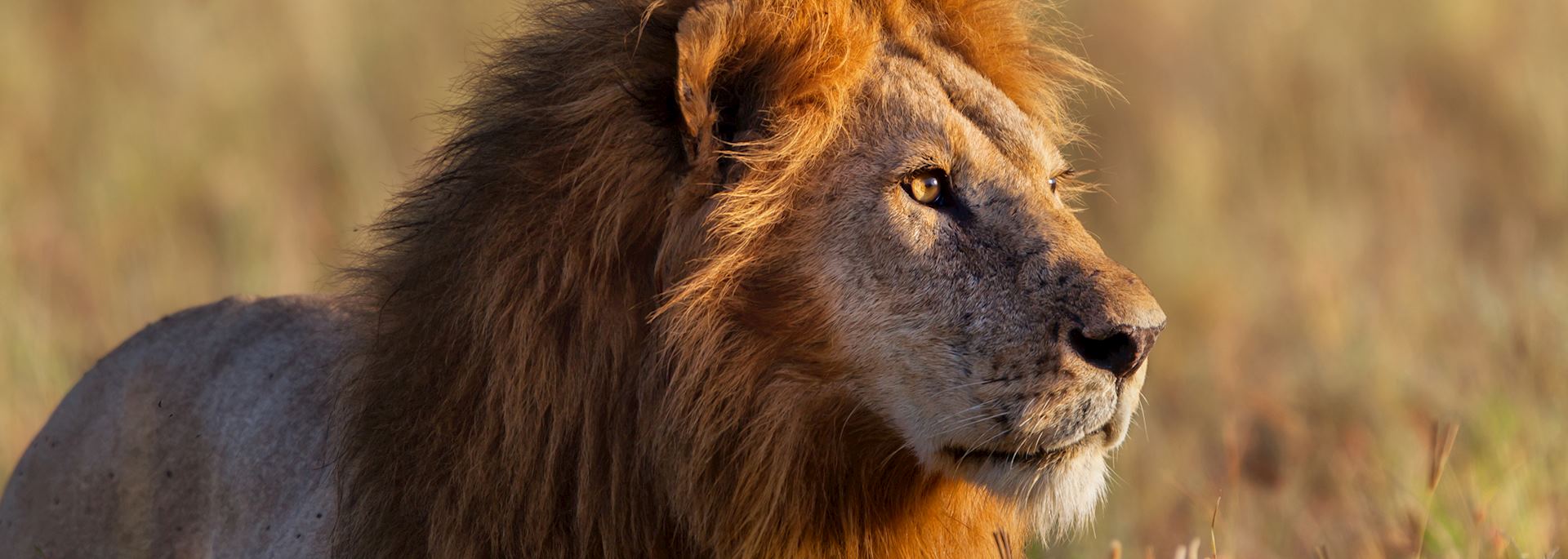
Luxury northern Tanzania safari
13 days from £14,950pp
- Jump to:
- Itinerary
- Reviews
- When to go
Tour highlights
Stay in the iconic Crater Lodge for spectacular views across Ngorongoro Crater.
Search for Big Cats in the Serengeti.
Explore Lake Manyara and Tarangire National Park.
Travel to the remote northern reaches of the Serengeti by light aircraft.
Enjoy excellent accommodation and safari guiding throughout.
Price includes:
- Scheduled international and domestic flights
- In-destination transfers
- Activities and excursions as detailed
- All accommodation
- 24-hour support while you travel
Itinerary idea
Includes international flights from a choice of UK airports, including London, Birmingham, Manchester, Newcastle, Edinburgh and Glasgow.
-
Today you begin your journey by boarding your international outbound flight to Arusha.
-
You’ll land at Kilimanjaro International Airport today. After clearing immigration and collecting your luggage, your driver will meet you in arrivals and transfer you to your accommodation in Arusha. Given its proximity to some of the best national parks in Tanzania as well as Mount Kilimanjaro, most people visiting this city are here to start an adventure. After a long travel day, you may want to relax, but if you’re interested in seeing more of a city that’s buzzing with excitement, we can arrange a city tour or other experiences for you.
-
You will have a private guide and vehicle until you fly to the Serengeti later in your trip, and after an early breakfast this morning, you’ll meet your guide. You will set off for Tarangire National Park, often a favourite park among guides due to its size and remoteness, particularly in the southern section. The park is known for the large number of elephants that congregate here. There are substantial populations of wildebeest, zebra, impala, giraffe, eland and buffalo, and even a few localised and unusual species, including the gerenuk and fringe-eared oryx. The primary landscape is dry, open woodland with hundreds of Africa’s prehistoric ‘Trees of Life’, the baobab tree. You’ll explore the park in your private vehicle, stopping for a picnic lunch during your game drive, and eventually head to your camp for the evening.
-
You have a full day to explore Tarangire with your guide. One of the appeals of staying in the park rather than visiting for a day trip is the access it provides to the southern section. Many visitors game drive around the northern section before continuing on their way because going deeper into the park means two extra hours of driving each way. When you stay in Tarangire for a few nights, you’ll have the early mornings when the wildlife is most active to yourself. You can also take part in walking and night safaris, which are often not possible in national parks but are in Tarangire. The landscapes around you will vary between open plains, swamps, majestic baobab trees and riverine forest, with the dramatic backdrop of the Ol Doinyo Lengai volcano in the distance.
-
A rift valley is a lowland region that forms where Earth’s tectonic plates are moving apart. The section of the Great Rift Valley that lies in Tanzania is home to massive, extinct volcanoes, steep slopes and alkaline soda lakes. Today’s destination is Lake Manyara National Park, which sits at the foot of the valley’s western escarpment. The lake is an idyllic central point surrounded by forested hills. The flocks of pink flamingos that feed on the lake are a classic East African sight, and you may see hippo, buffalo, zebra, giraffe, elephant, wildebeest, leopard and even tree-climbing lion (the only place in Tanzania that you will find this) as you drive around. You’ll leave the park in the afternoon and drive up the escarpment. You’ll spend the next three nights in a property perched on the rim of the Ngorongoro Crater or one nearby in the Ngorongoro Highlands. There are good reasons to stay in either, depending on your preferences.
-
The best time to be on a game drive in the Ngorongoro Crater is early. With regard to visitors, the crater is the quietest in the morning, and the wildlife is most active around dawn and dusk. You’ll make your way up the winding roads to the crater rim, where you’ll have views over the largest volcanic caldera in the world, before descending to the floor. Plentiful resources attracted animals to this bowl-shaped topography, creating a petri dish of wildlife living in relatively close proximity to each other. There are dense populations of predators and herbivores, and the crater walls create a natural barrier causing unusually high numbers of predator-prey interactions. You can spend six hours in the crater before heading back to your accommodation for the evening.
-
Olduvai Gorge is a UNESCO World Heritage and palaeoanthropological site within the borders of the Ngorongoro Conservation Area and was made famous by Louis and Mary Leaky, who conducted numerous digs here in the mid-20th century that unearthed early hominin fossils. These fossils have proven invaluable in furthering our understanding of early human evolution. The gorge is a steep-sided ravine about 48 kilometres (30 miles) long, and fossils exposed on the sides cover a time span from about 2.1 million years ago to 15,000 years ago. There is a museum overlooking the gorge that helps guide you through the history of the site and the various fossils found here, and there are resident experts on site whom you can chat with about current research. The northern circuit involves a lot of time spent in a vehicle, and we’ve found this day to be an interesting and refreshing change of pace mid-way through your trip. At the end of your visit to Olduvai Gorge, you’ll be taken back to your accommodation near the Ngorongoro Crater.
-
To eliminate a long drive through the southern section of the Serengeti, you’ll say goodbye to your private guide and vehicle and hop on a light aircraft to the central section of the park this morning. The central Serengeti is where the southern short grass plains meet the acacia woodland, and the Ngare Nanyuki underground river creates pockets of permanent water that support year-round concentrations of wildlife. With easy prey available throughout the year, there is plentiful big cat activity here, and the dramatic rocky kopjes that dot the plains serve as excellent observation points for cheetah, lion and leopard. The Serengeti also hosts over 500 different bird species, including a variety of bustards, bright lilac-breasted rollers and shimmering starlings.
-
You have a full day of shared safari activities from your lodge in the central Serengeti. This area of the park has the highest numbers of year-round resident game, and the variety of landscapes explains the diversity of wildlife. Volcanic in origin, the terrain has formed distinctive areas over time, from black clay pans loved by acacia trees and, consequently, giraffes to grasslands teeming with herbivores and their predators. Elephants roam the plains with the Moru Kopjes rising up like ships in a sea of green behind them. Your day will consist of morning and afternoon game drives from camp and, undoubtedly, a sundowner drink overlooking the grasslands to watch the fiery orange sun sink below the horizon.
-
You’re on a light aircraft flight to the northern section of the Serengeti this morning. Often touted as the most beautiful part of the park, the northern section is an area of rolling grassland and tree-lined watercourses and is the most sought-after when the migration is passing through. Instinct drives two million wildebeest and zebra from the Serengeti to the fertile lands of the Masai Mara in Kenya to feed. To get there, they must cross the Mara River, swollen by the floods of the rains and teeming with crocodiles. The herds plunge into the river by the thousands, and those that survive the crossing must stay alert enough to avoid the big cats lurking on the far side. At some point, the grasses will be exhausted, and as birthtime approaches, the herds will wander back to the southern Serengeti. Seeing the river crossings from the northern Serengeti is the ‘Holy Grail’ of the migration, and you need to plan your safari to be here at the right time.
-
The migration is an awe-inspiring spectacle and worth seeing at least once in your lifetime, but it is worth bearing in mind that when the two million migrating wildebeest and zebra leave town for a few weeks, the resident game is left behind. Away from the pursuit of migratory herds, this area is isolated while remaining lush and green. Plains game in the form of zebra, topi, gazelle, impala, buffalo and giraffe frequent throughout the year, elephant lumber through, lion are rarely far away, and leopard are ever-present (but always elusive). Many times of the year, when the rains aren’t far off, an impending storm will darken the sky to a moody grey-blue in the distance, the bright yellow grasslands in stark contrast and no other vehicles in sight, and this area becomes the Serengeti you’ve dreamed about. Whatever the time of year, today is your last on safari.
-
This morning, you have time for one last game drive on your way to the airstrip. There, you’ll depart from the Serengeti via light aircraft, giving you a bird's-eye view of the land you’ve been exploring over the past few days. After a few hours and more than likely a few stops to pick up passengers, you’ll arrive at Kilimanjaro International Airport, where you’ll catch your onward flight home.
-
Arrive home today to complete your journey.
Accommodation
- Arusha
- Tarangire National Park
- Lake Manyara National Park
- Ngorongoro Conservation Area
- Lake Manyara National Park
- Serengeti National Park
What our clients say about us
The specialist who designs your trip to Tanzania will have explored the country many times and, in some cases, lived there. Their first-hand knowledge gives us the belief that no other travel company can match our expertise in helping you plan your trip.
When to go
| Jan | Feb | Mar | Apr | May | Jun | Jul | Aug | Sep | Oct | Nov | Dec |
|---|---|---|---|---|---|---|---|---|---|---|---|
| Place | Daily max temperature (°C) | Monthly rainfall (mm) |
|---|---|---|
| Arusha | ||
| Tarangire National Park | ||
| Lake Manyara National Park | ||
| Ngorongoro Crater | ||
| Serengeti National Park |
